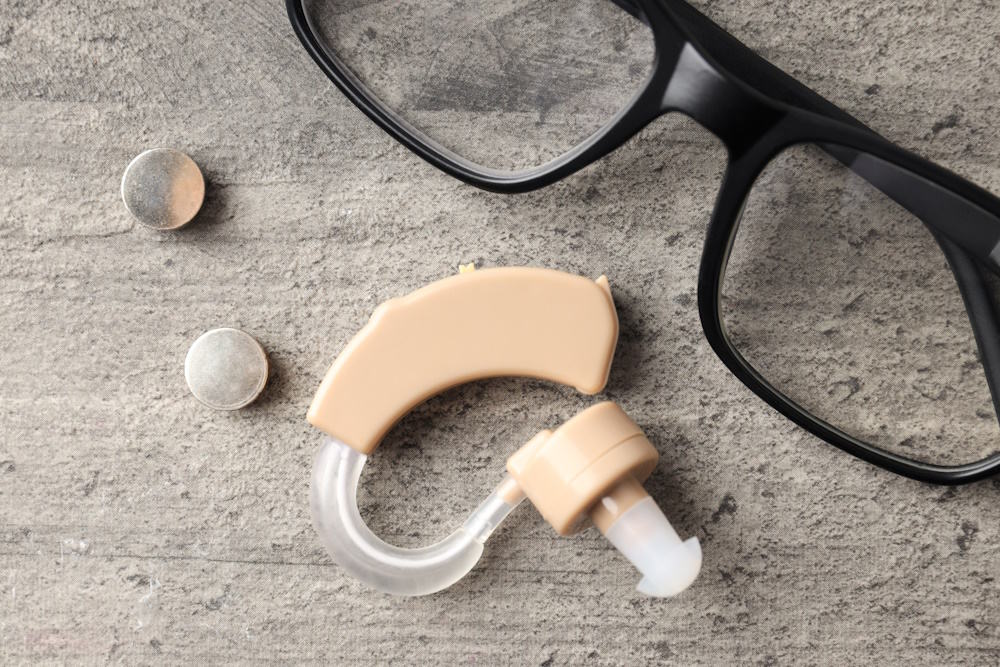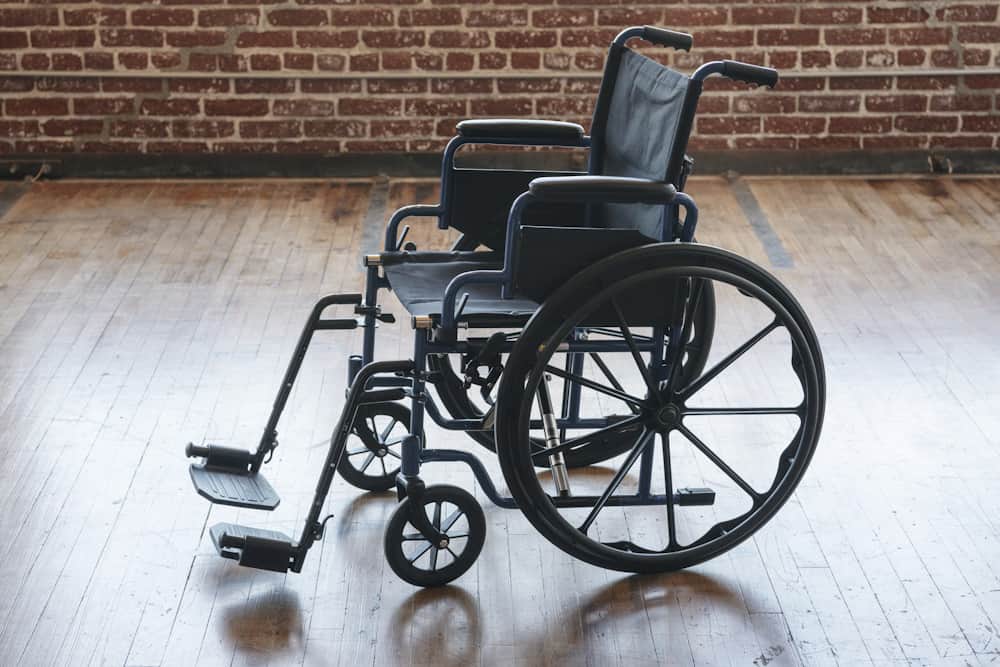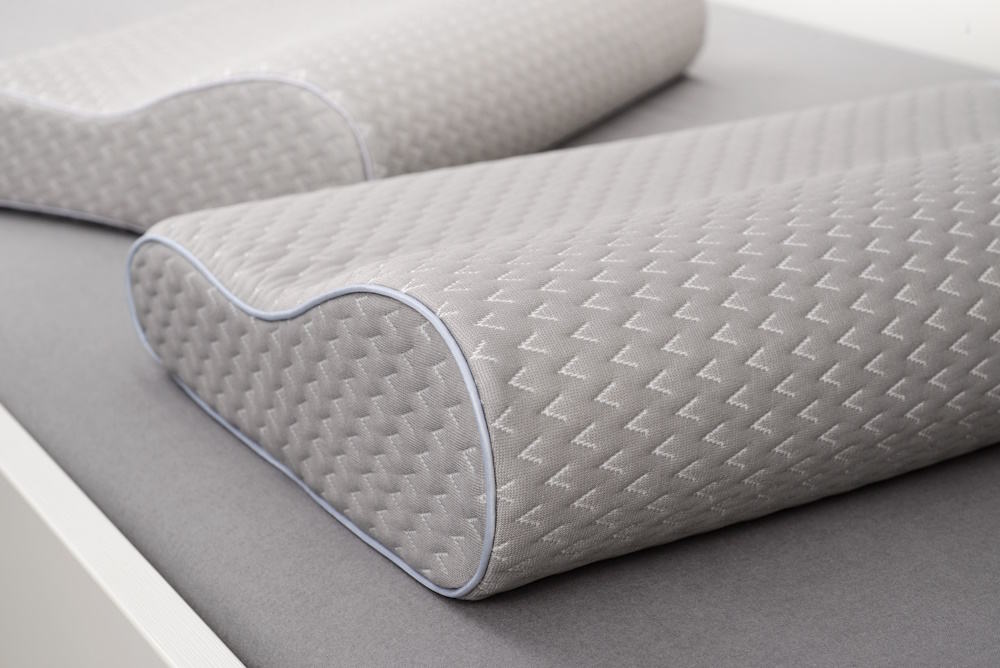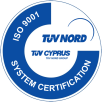The Medical Device Regulation
Medical Device Regulation, or MDR in short, is the official name of the Regulation (EU) 2017/745. It has significant effects on private label sellers in the medical device industry. When it came into force on May 26, 2021, this Regulation brought a number of new requirements and provisions that are challenging, especially for small and medium-sized enterprises.
One of the changes that has a significant impact is the obligation for distributors and importers to implement a quality management system. Such a system has to include procedures to ensure:
- that any translation of information is accurate and up to date.
- that the product performs the respective activities under conditions that preserve the original condition of the device.
For private label sellers, this means that they have to incorporate such a system, even if they only act as importers. There is no doubt that this entails considerable costs (Article 16(3) MDR). We are talking at least EUR15,000 for establishing such a system—if not more. This applies, for example, if private label sellers act as manufacturers and want to put their own label on the product. In such a case, they not only have to integrate the quality management system, but also prepare a comprehensive technical documentation, including post-market surveillance (surveillance after putting the product on the market), risk management, and a clinical evaluation, which can entail considerable additional costs of about EUR50,000.
Consequently, it is not surprising that the new requirements constitute a serious financial and logistical challenge for many private label sellers, in particular for small and medium-sized companies.
The objective of the MDR
The objective of the MDR is to improve the safety and quality of medical devices, even though it also increases the barriers for smaller players to enter the market. This could possibly cause a reduction of the competition on the market for medical devices, in particular because smaller companies may not have the resources necessary to meet the new requirements.
Understanding the product classes
Within the framework of the MDR, medical devices have been reclassified, with particular focus on the classes I, IIa and IIb.
Class I devices are products with the lowest level of risk. Class IIa and IIb devices, on the other hand, present higher risks and are therefore subject to stricter regulations. The correct classification for each product depends on various factors, sometimes including the duration of physical contact and the intended use. If products are classified in a higher class, they are required to go through stricter conformity assessment procedures, which require more time and entail higher costs for the manufacturer. Consequently, the classification of medical devices into risk classes according to the Medical Device Regulation (MDR) is highly complex—but certainly no less important for private label sellers.
Class IIa devices
Devices are classified as class IIa if they are intended specifically for recording diagnostic images obtained by means of X-rays. Devices are also classified as class IIa if they are intended specifically for disinfecting or sterilizing medical devices. If devices come into contact with injured skin or mucous membrane, they may also be classified as class IIa devices. This primarily depends on their specific application and properties. When taking a closer look at this class, one should not overlook invasive devices intended to be used on body orifices, but not intended to be connected to an active device. Last but not least, surgically invasive devices intended for transient use are also included in this class, unless they are specifically intended for use on the heart, the central circulatory system or the central nervous system.

Class IIb devices
Class IIb devices primarily include devices intended for contraception or protection against sexually transmitted diseases. However, this applies only if such devices are not implantable or intended for long-term use. Devices for contact lenses that are specifically intended for the disinfection, hydration, cleaning or rinsing of such lenses are class IIb devices. Devices that incorporate or consist of nanomaterial, on the other hand, are included in this class if they present a low potential for internal exposure. Furthermore, non-invasive devices intended for modifying the biological or chemical composition of human tissues or cells, blood, and other body liquids are also classified as class IIb, unless the treatment consists of filtration, centrifugation or exchanges of gas or heat.
Class III devices
Class III includes devices that incorporate substances that are categorized as medicinal products or are derived from human blood or human plasma. . Furthermore, this category includes devices that are manufactured utilizing tissues or cells of human or animal origin, or their derivatives, which are non-viable or rendered non-viable.
Class I devices
All other active devices that cannot be classified in one of the higher classes are class I devices.

Special provisions for implantable devices and surgically invasive devices for long-term use
In most cases, these kinds of devices are class IIb devices. But—since we all know that exceptions prove the rule—it is important to know that the above-mentioned devices do not fall into this category only if they meet certain requirements that cause them to be classified as class III devices. Generally speaking, we can state that the classification according to the MDR is essential, in particular in regard to the requirements for the conformity assessment and the necessity to involve a notified body. This information is especially important for private label sellers because the classification is decisive as regards the requirements for the Declaration of Conformity and the CE marking.
CE marking and notified bodies
CE markings are another important feature resulting from the MDR. It stipulates that every device that meets the requirements of the Regulation must be equipped with a CE marking. The following aspects regarding the CE marking have to be observed:
- Placement of the CE marking: You must always affix the CE marking to the product so that it is visible and legible. Furthermore, you have to take care to affix the marking consistently to the product or its sterile packaging. If it is not possible to affix the marking to the device due to its shape or texture, the marking may also be affixed to the packaging. In addition, you can find it on the instructions and the sales packaging.
- General principles: The CE marking is subject to the general principles laid out in Article 30 of the Regulation (EC) No. 765/2008.
- Additional information: If necessary, the ID number of the notified body that is responsible for the conformity assessment procedures pursuant to Article 52 is added to the CE marking. This number must mandatorily also be affixed to any advertising material that mentions the fulfillment of the requirements for the CE marking by the device.
Notified bodies
A requirement stipulated by the MDR is the provision that the assessment of certain medical devices has to be done by a notified body. The most important aspects in this respect are:
- Organization and impartiality: The authority responsible for the notified bodies is organized in such a way that the objectivity and impartiality of their activities is guaranteed and conflicts of interest can be prevented. However, the decision about the nomination or notification must not be made by the same personnel that was responsible for the assessment.
- Personnel and resources: The authority is required to have a sufficient staff who duly and properly fulfill their tasks.
- Confidentiality and exchange of information: The authority has to make sure that the confidentiality of the information they received is ensured, and exchange information about notified bodies with other member states, the Commission and other regulatory authorities as required.
- Competent authorities for notified bodies: Every member state that intends to designate or has already designated a notified body for the conformity assessments is required to designate a competent authority as well. This authority is then responsible for evaluating, designating, notifying and monitoring the notified bodies and their subcontractors.
However, we should point out that the involvement of a notified body is a time-consuming and expensive procedure that constitutes an additional challenge for private label sellers.
The situation prior to the MDR
The previous regulation, which was primarily influenced by the Medizinproduktegesetz (German Medical Devices Act, MPG) and the Medical Device Directive, provided for less strict requirements regarding the approval and distribution of medical devices. According to a key provision that used to be stipulated in the old regulation, it was often sufficient for companies engaged in the sale of medical devices in the EU if the non-European manufacturer, e.g., the Chinese manufacturer, was able to provide a CE certification for the product. This certification was used to confirm that the product met all the necessary requirements in terms of safety and performance applicable in the EU. For sellers and importers, this meant that they were able, to a certain degree, to rely on the conformity assessment and the certifications of the manufacturers. Consequently, private label sellers were spared the trouble of doing their own comprehensive testing or certifications. This approach made it much easier, in particular for smaller companies and private label sellers, to market their medical devices in the EU, since entry into the market was relatively uncomplicated. Furthermore, it was possible for the companies to sell devices under their own private label—even if they did not in fact manufacture them. Back then, the manufacturer of the device was mainly responsible for ensuring that the safety and performance standards were complied with.
However, this method caused some concern regarding the safety and efficiency of medical devices because the possibilities for control and surveillance by the importers and sellers were limited. The objective of the new MDR is to close these loopholes by imposing stricter requirements on all parties involved, including the sellers, manufacturers, and importers along the supply chain of medical devices.
Examples of devices and their classification
The classification of the various products such as comfortable pillows, nasal strips or anti-snoring devices, mattress protectors, or walking aids is based on the individual risk assessment and the application for which they are intended.
Pillows
Ergonomic pillows, for example, that can be used to prevent or alleviate physical pains such as back pain, may be classified as class I medical devices. However, classification in a higher class is also possible, provided that the products meet the respective medical requirements.

Nasal strips
Nasal strips or splints used to help prevent snoring may fall into different classes, depending on their function and intended use.
Simple nasal strips may possibly be classified in a lower class, whereas specialized splints that actively affect the breathing process may under certain circumstances be classified as IIa or IIb devices.
Incontinence products
Incontinence products intended to catch bodily fluids without treating the incontinence as such are usually classified as class I devices.
Walking aids
Wheeled walkers are usually classified as class I devices, unless they have special features or advanced technologies that cause them to be put in a higher risk class.
It is crucial for manufacturers and sellers to fully understand the exact classification regulations and their impact on their products in order to ensure compliance with the MDR. Products with a higher risk or more complex technological features are usually placed in a higher class.
We at Tradavo can help you
You are not sure whether your product is classified as a medical device according to the MDR? We are happy to help you in a free initial consultation with our experts.
You need assistance?
It is best to book an appointment directly for a free initial consultation.
Who wrote this article?
As an author, Christina fills the blog section of our website with exciting and informative articles, so that our readers can always take care of product compliance in their company in the most well-informed way.
- Christinahttps://compliance.tradavo.eu/en/author/epywxge/
- Christinahttps://compliance.tradavo.eu/en/author/epywxge/
- Christinahttps://compliance.tradavo.eu/en/author/epywxge/
- Christinahttps://compliance.tradavo.eu/en/author/epywxge/







